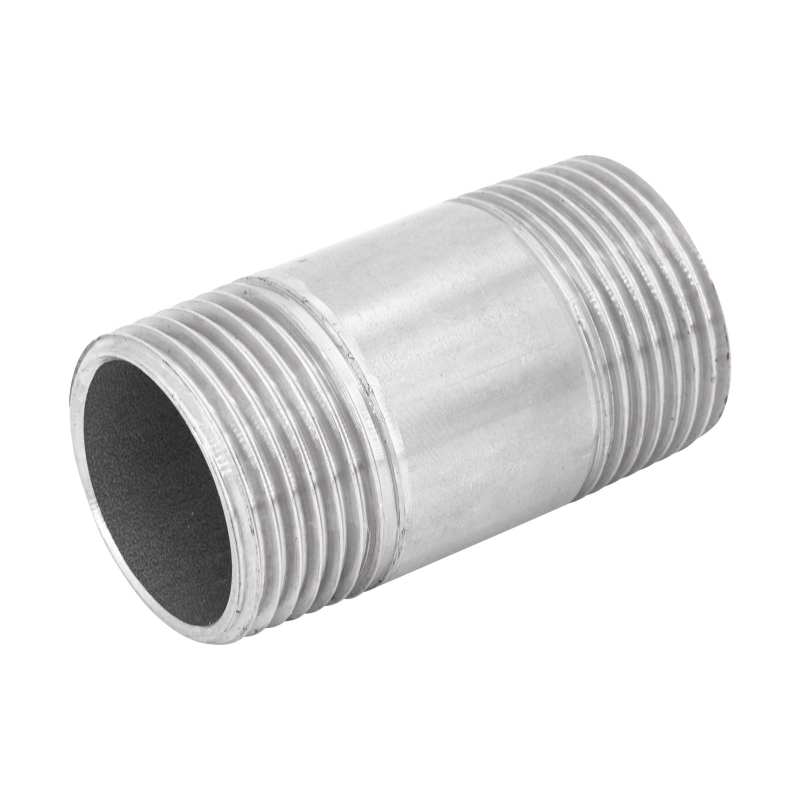-
Cangzhou Yulong Steel Co., Ltd.
-
Phone:
+86 13303177267 -
Email:
admin@ylsteelfittings.com
- English
- Arabic
- Italian
- Spanish
- Portuguese
- German
- kazakh
- Persian
- Greek
- French
- Russian
- Polish
- Thai
- Indonesian
- Vietnamese
- Zulu
- Korean
- Uzbek
- Hindi
- Serbian
- Malay
- Ukrainian
- Gujarati
- Haitian Creole
- hausa
- hawaiian
- Hebrew
- Miao
- Hungarian
- Icelandic
- igbo
- irish
- Japanese
- Javanese
- Kannada
- Khmer
- Rwandese
- Afrikaans
- Albanian
- Amharic
- Armenian
- Azerbaijani
- Basque
- Belarusian
- Bengali
- Bosnian
- Bulgarian
- Catalan
- Cebuano
- China
- China (Taiwan)
- Corsican
- Croatian
- Czech
- Danish
- Esperanto
- Estonian
- Finnish
- Frisian
- Galician
- Georgian
- Kurdish
- Kyrgyz
- Lao
- Latin
- Latvian
- Lithuanian
- Luxembourgish
- Macedonian
- Malgashi
- Malayalam
- Maltese
- Maori
- Marathi
- Mongolian
- Myanmar
- Nepali
- Norwegian
- Norwegian
- Occitan
- Pashto
- Dutch
- Punjabi
- Romanian
- Samoan
- Scottish Gaelic
- Sesotho
- Shona
- Sindhi
- Sinhala
- Slovak
- Slovenian
- Somali
- Sundanese
- Swahili
- Swedish
- Tagalog
- Tajik
- Tamil
- Tatar
- Telugu
- Turkish
- Turkmen
- Urdu
- Uighur
- Welsh
- Bantu
- Yiddish
- Yoruba

Dec . 10, 2024 03:37 Back to list
API 5L X52M PSL2 Specification Overview and Key Features
Understanding API 5L X52M PSL2 Specification
The API 5L X52M PSL2 specification is essential in the field of pipeline construction and maintenance, particularly in the oil and gas industry. This specification is part of the American Petroleum Institute's (API) standards, which set criteria for the manufacturing and quality of steel pipes used in the transportation of oil and gas. This article will delve into the critical aspects of the API 5L X52M PSL2 specification, including its definition, applications, and importance.
What is API 5L?
API 5L is a specification that outlines the requirements for the manufacturing of line pipes, which are primarily used in the transportation of oil, natural gas, and water. The “5L” indicates that the standard pertains to line pipe specifications, while the designation “X52” denotes the minimum yield strength of the steel used, which is 52,000 psi. The “M” in X52M signifies that the pipes are produced using a specific manufacturing process designed for pipeline applications, ensuring robustness and integrity.
PSL2 Classification
The API 5L specification is divided into two Product Specification Levels (PSL) PSL1 and PSL2. PSL2 is the more rigorous standard and includes additional requirements for chemical composition, tensile properties, and non-destructive testing procedures. This higher level of scrutiny ensures that the pipes produced under PSL2 criteria are capable of handling greater stress and are more suitable for harsh environmental conditions, making them ideal for high-pressure and deep-water applications.
Key Features of API 5L X52M PSL2
1. Chemical Composition The chemical makeup of API 5L X52M PSL2 steel pipes is crucial for their strength and corrosion resistance. The specification details the allowable limits for various elements, including carbon, manganese, phosphorus, sulfur, and silicon, among others. It is essential that these elements are maintained within specified limits to ensure the durability and reliability of the pipes.
2. Mechanical Properties API 5L X52M PSL2 pipes must meet specific mechanical property requirements, including yield strength, tensile strength, and elongation. The minimum yield strength for X52M is 52,000 psi, while the tensile strength ranges from 65,000 to 75,000 psi. These properties are vital for the performance of the pipes under operational pressures and loads.
api 5l x52m psl2 specification

3. Quality Assurance The PSL2 designation mandates that pipes undergo rigorous inspection and testing, including non-destructive testing (NDT) methods such as ultrasonic testing and hydrostatic testing. These processes are crucial for identifying any defects or inconsistencies in the material upfront, ensuring the reliability of the pipes throughout their service life.
4. Welding and Fabrication API 5L X52M PSL2 pipes are designed for ease of welding. The specification provides guidelines for suitable welding procedures to maintain the integrity of the pipeline joints. Proper welding techniques are fundamental, especially in critical applications, to prevent failures that could lead to catastrophic incidents.
Applications
The API 5L X52M PSL2 pipes are widely used in various applications, especially in oil and gas transportation systems, as well as in water supply pipelines. Their ability to withstand high pressure and resist corrosion makes them suitable for both onshore and offshore projects. Furthermore, these pipes are essential in construction projects involving substantial infrastructure, ensuring a safe and efficient transfer of resources.
Importance in the Industry
The significance of adhering to the API 5L X52M PSL2 specification cannot be overstated. The use of standard-compliant materials not only enhances the safety and longevity of pipeline systems but also reduces maintenance costs and risks associated with leaks or failures. Additionally, the specification facilitates a common understanding among manufacturers, engineers, and operators regarding the expectations and requirements for pipeline materials.
Conclusion
In conclusion, API 5L X52M PSL2 specification is a cornerstone in the safe and effective transportation of vital resources in the oil and gas industry. Understanding its stringent criteria for chemical composition, mechanical properties, and quality assurance measures can help ensure that pipelines withstand the rigors of operation. For professionals involved in pipeline construction and maintenance, familiarity with this specification is essential for ensuring compliance and maintaining the integrity of pipeline systems.
Latest news
-
ANSI 150P SS304 SO FLANGE
NewsFeb.14,2025
-
ASTM A333GR6 STEEL PIPE
NewsJan.20,2025
-
ANSI B16.5 WELDING NECK FLANGE
NewsJan.15,2026
-
ANSI B16.5 SLIP-ON FLANGE
NewsApr.19,2024
-
SABS 1123 FLANGE
NewsJan.15,2025
-
DIN86044 PLATE FLANGE
NewsApr.19,2024
-
DIN2527 BLIND FLANGE
NewsApr.12,2024
-
JIS B2311 Butt-Welding Fittings LR/SR 45°/90° /180°Seamless/Weld
NewsApr.23,2024











